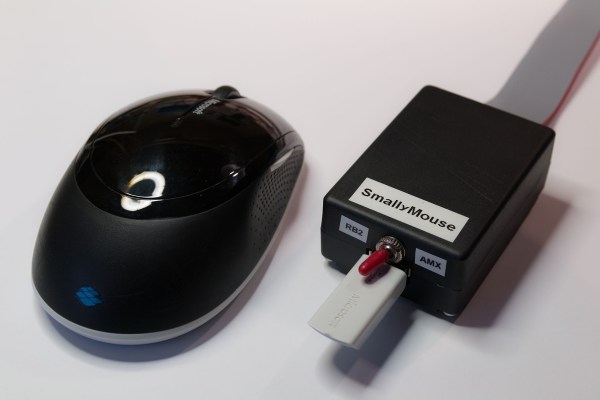In the early 1980s, there were a plethora of 8-bit microcomputers on the market, and the chances are that if you were interested in such things you belonged to one of the different tribes of enthusiasts for a particular manufacturer’s product. If you are British though there is likely to be one machine that will provide a common frame of reference for owners of all machines of that era: The Acorn BBC Microcomputer which was ubiquitous in the nation’s schools. This 6502-driven machine is remembered today as the progenitor and host of the first ARM processors, but at the time was notable for the huge array of built-in interfaces it contained. Its relatively high price though meant that convincing your parents to buy you one instead of a ZX Spectrum was always going to be an uphill struggle.
So, you never owned a BBC Micro, and this has scarred you for life. Never mind, all is not lost, for now you can have that Acorn experience without scouring eBay for a classic micro, by running one entirely in silicon on a myStorm FPGA board.
To be fair, running classic hardware on an FPGA is nothing new and there have been a few BBC Micros implemented in this way, not to mention an Acorn Atom. But this project builds on the previous FPGA BBC Micros by porting it entirely to Verilog and incorporating some of the bug fixes from their various forks. There are screenshots of the result running several classic games, as well as test screens and a benchmark revealing it to be a faithful reproduction of a 2MHz BBC Micro.
We covered the myStorm board when it arrived last year. We’ve also brought you another FPGA board running as a coprocessor for a real BBC micro.
Thanks [monsonite] for the tip. He also alerts us that the myStorm board’s ARM microcontroller can now be programmed from the Arduino IDE.




![An original BBC Domesday set-up. Regregex [CC BY 3.0], via Wikimedia Commons.](https://hackaday.com/wp-content/uploads/2017/01/640px-vcf_2010_domesday_tray_open.jpg?w=400)











